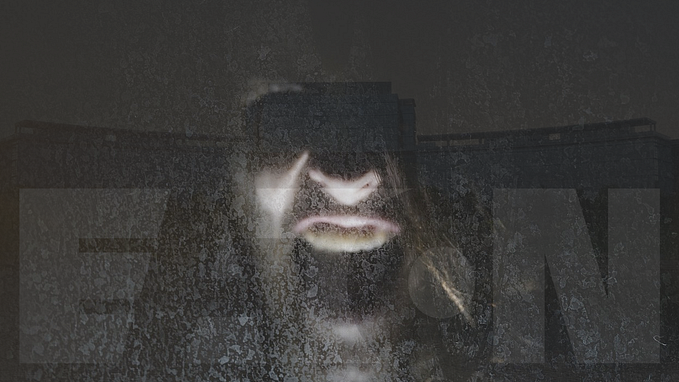26 questions UX designers need to ask during a kick-off meeting
Start your next project off on the right foot by using these questions
The secret weapon in a Product Designers toolkit are questions! Especially at the beginning of a project where it is important to fully understand the challenge, the current understanding (biases), and to ensure usability is thought about on day one.
New designers often have the anxiety not to ask questions during a project kick-off meeting. I know I used to, for fear of asking the wrong question or not being senior enough. If the team is made of the right people then no question is a silly one regardless of seniority.
I’ve structured the questions into categories. Use your own judgement to determine when certain questions are most appropriate.
Purpose & objective

The most obvious questions to ask are on the project’s purpose and objective or goal. It enables the team to understand the project and time available but as a designer, it is also key to understand the pitfalls, preferred outcomes, and any previous attempts or relevant research.
- What is the objective?
- Why are we focusing on it?
- What is the purpose of the project or task? (If unknown, run a business outcomes exercise)
- What decisions are you trying to make with the results?
- Has this challenge been attempted before? (existing research, outcomes)
- What would cause this project to fail? (turn into HMW questions)
- How much time do we have?
Measuring success

Giving the team a target and determining if a project has made progress towards it is key to understanding the success of a team, process, and ultimately the project. Asking these questions will help designers better focus their research and exploration. For example, providing a target for A/B tests and to understand if solutions are enabling or hindering progress.
- How will we define success?
- What is the ideal outcome for you?
- What KPIs are we hoping to impact?
- What are we aiming to achieve?
- What is the KPI’s current average?
The customer

As designers, it’s our job to balance the business’s goals with our users. To champion the user and provide them with the best product experiences through empathy and research. By finding out the team’s assumptions on the users and their problems we can validate and better guide the project forward. Designs can also better serve our users through good accessibility, usability, and user needs. All to the advantage of the business through better acquisition, engagement, and referrals.
- Who are the users/customers? (If unknown, run a proto-persona exercise)
- What problems are we solving? (If unknown, run a user outcomes exercise)
- Are we looking at new or existing customers? or both?
- Do we need to consider multiple cultures?
Design & accessibility

A kick-off meeting is a good time to get the design cogs churning. Try to understand the existing or expected products process/journey.
Don’t skip the talk on accessibility, which is so easily avoided… Make the product inclusive, not exclusive!
Set ground rules early, this is critical to an accessible product, don’t accept “we will come back to it” because teams never do... Define the devices, software and hardware the customers use, include users who have an impediment whether that be physical or mental. Then take these guidelines and ensure every developer and tester task has it as a checklist to pass.
- What tasks are critical to accomplish? (Run a quick user mapping exercise)
- Which devices & versions should be supported? (mobiles, tablets, laptops, desktops, TVs, watches, etc.)
- Which software & versions should be supported? (screen readers, browsers, etc.)
- Which hardware & versions should be supported? (mouse, keyboard, braille display, camera, etc.)
Read this article on making an accessible inclusive product.
Research

Don’t perform research in a silo, try to answer questions the team and manager have. This way they are more likely to appreciate the effort and act upon the results. Find project biases, answers that the team want to be true… work out the best research methods based on time and budget and finally identify ways of verifying data, for example, using triangulation techniques.
- What questions do you need answering?
- What types of answers are you expecting? (look for bias!)
- Do you have any additional questions on the topic?
- Do we need quantitative or qualitative data? or both?
- If we are able to do any research on this project, what would it be? (small budgets & time)
- How do we verify the accuracy of the data?
Don’t progress without answers
You may have noticed that I suggest running mini exercises to answer important questions that are lacking an answer. I would suggest the team not move forward until these questions are clearly answered. This usually means the company is in the business of making features, not solutions…
What questions do you ask during a project’s beginning stages? Let me know in the comments!




